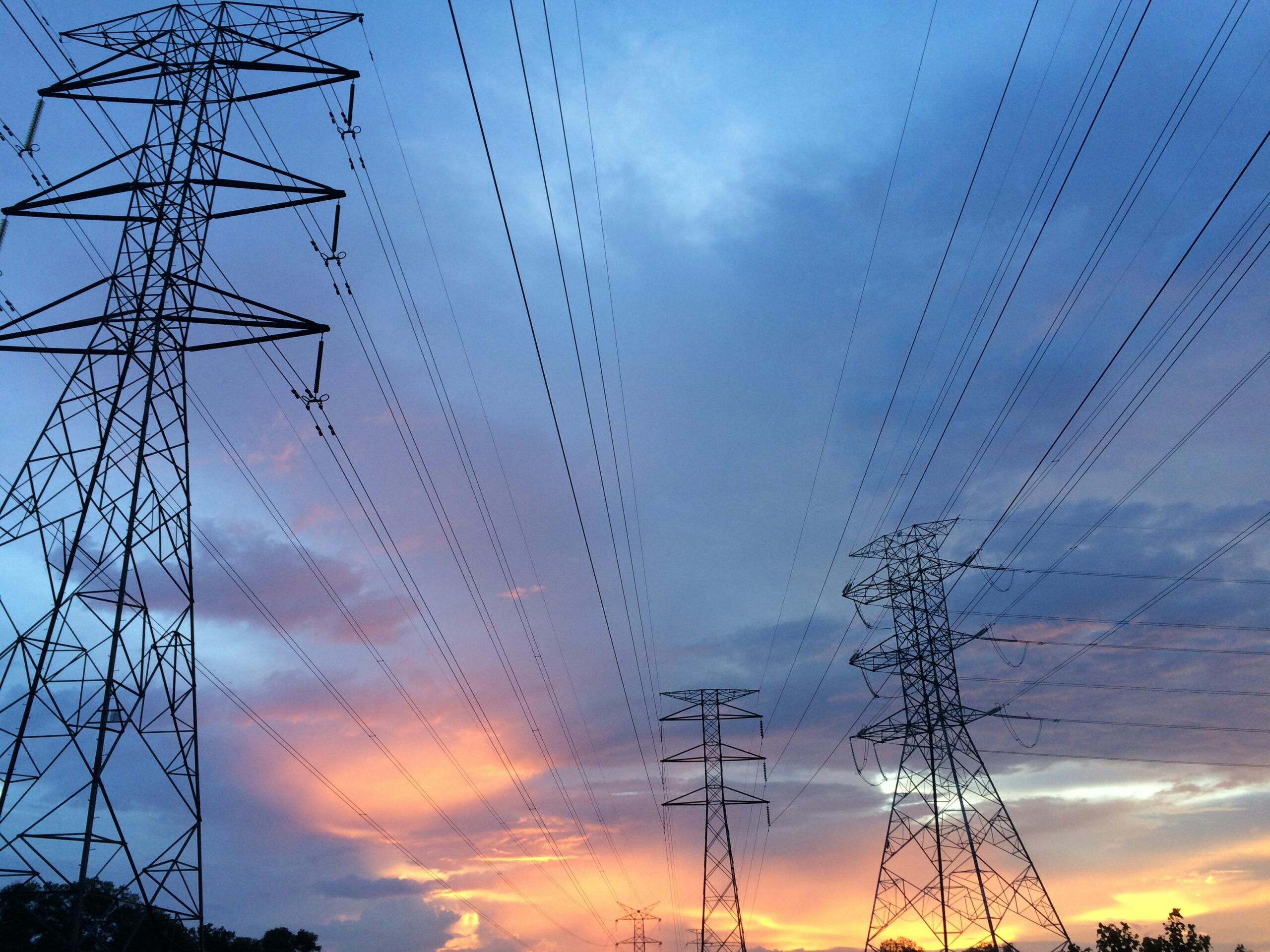Table of Contents:
- Why Switch Electricity Providers?
- Know Your Current Plan
- How to Compare Options
- Reading the Fine Print
- Making the Switch
- Common Mistakes to Avoid
- Frequently Asked Questions
Why Switch Electricity Providers?
Switching electricity providers can seem daunting but can lead to significant savings and better service. Many consumers switch to take advantage of lower rates or more favorable contract terms. Understanding why you should consider how to change electricity supplier is the first step in making an informed decision. Besides the obvious financial savings, switching can also grant access to greener energy options and improved customer service, which collectively enhances your overall experience. With fluctuating rates and different offerings in the market, regularly evaluating your electricity provider ensures you are paying appropriately. Plus, with the rise in awareness about environmental sustainability, many providers now offer renewable energy plans that can help reduce your carbon footprint.
Know Your Current Plan
Before you begin the search for a new electricity provider, it’s crucial to understand your current plan. Look at your latest bill to determine your current rate, contract duration, and any termination fees. Accurately gauging your current plan will set a reliable baseline for comparison with other providers. Scrutinize your bill to uncover hidden costs or expenses that might not be immediately apparent. In addition to your rate, check for any tiered pricing structures or time-of-use rates that can affect the amount you are billed based on your usage pattern. This understanding will help you choose a new plan that offers better terms and conditions. Knowing the specifics of your contract, such as the duration and total usage cost, can ensure you understand all terms and fees when you decide to switch.
How to Compare Options
Comparing electricity plans can be overwhelming, given the plethora of choices available. Begin by using an online comparison tool to view multiple plans side-by-side. Filtering options based on your priorities—cost, contract length, and customer satisfaction ratings—can make this process more manageable. Pay attention to the advertised rates, contract terms, customer reviews, and additional services. Trusted consumer websites can provide insightful reviews and ratings. Some comparison tools also provide calculators to estimate your monthly costs based on your historical consumption, helping you predict any potential savings. Besides price, consider the flexibility of the contract terms–for instance, the ease of switching plans or providers in the future without incurring hefty penalties. Double-check for added benefits like customer rewards programs or green energy contributions, which can add value beyond straightforward savings.
Reading the Fine Print
The excitement of finding a better rate can sometimes overshadow essential details. Ensure you read the fine print on every plan. Look out for hidden fees, introductory rate periods, and any clauses that may incur additional costs. Some providers might lure you with attractively low introductory rates, which can skyrocket after a short period. Dissect the contract to find any contingencies that might apply. Are there fees for late payments or penalties for early contract termination? Also, pay attention to whether the advertised rates are fixed or variable. Fixed rates protect you from market volatility, while variable rates offer lower initial rates that can increase unexpectedly. Understanding these terms in detail can save you from unexpected financial hits. Always weigh potential short-term benefits against long-term commitments and costs.
Making the Switch
Once you’ve selected a new provider, follow their process to switch. This usually involves filling out an application and providing some basic information. After submission, your new provider will take care of the rest and transition your service seamlessly. Generally, there won’t be any interruption to your electricity supply, making the switch smooth and hassle-free. However, keeping a copy of all documents and communications for reference is advisable. If applicable, your new provider should notify you detailing your start date and any further installation requirements. Reviewing your first few bills closely is a good practice to ensure all changes are correctly implemented and you’re billed according to the agreed terms. If discrepancies arise, address them promptly with customer service to avoid ongoing issues.
Common Mistakes to Avoid
- Not comparing enough plans – Limiting your comparison can prevent you from finding the best rates. Take your time to thoroughly vet various options to ensure you make an informed decision.
- Ignoring the details in the contract – Overlooking terms can lead to unexpected fees. Mark any crucial clauses, especially those related to fees, rate changes, and contract duration, to avoid unpleasant surprises.
- Missing out on special offers or incentives – Many providers offer bonuses or savings for new customers. Review all current promotions diligently, as they can provide significant savings or additional benefits in the long run.
- Failing to check consumer reviews – Reviews can provide insight into customer satisfaction and service reliability. A low rate but a poor service plan might not be worth the switch. Prioritize providers with high customer satisfaction ratings for a better overall experience.
Frequently Asked Questions
Q: Is there a fee for switching electricity providers?
A: This depends on your current contract. Some plans have a termination fee if you switch providers before the contract ends. Always check your contract terms before making a decision. If there is a fee, weigh it against the savings you might gain from switching to a new provider. Sometimes, the long-term benefits of a new plan far outweigh the short-term costs associated with switching.
Q: How long does it take to switch providers?
A: The process is usually quick and can be completed within a few days. Your new provider will handle the switch, and your service should not be interrupted. It’s best to confirm with both your old and new providers to ensure a seamless transition and to verify that there are no gaps in service. While the technical process might be straightforward, adequate communication with both providers can ensure all logistics are appropriately managed and any potential issues are addressed promptly.
Keep an eye for more news & updates onDiscoverTribune.Org!




